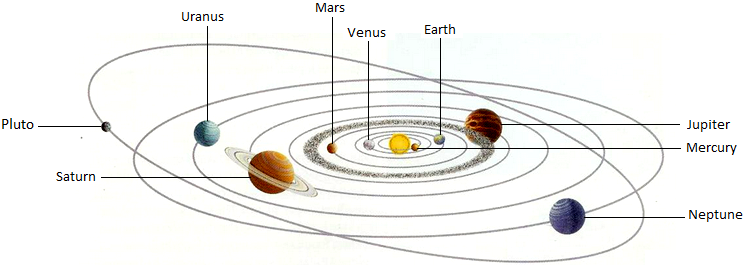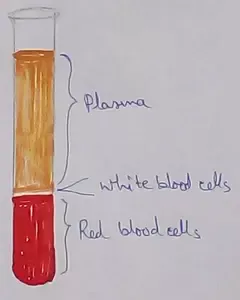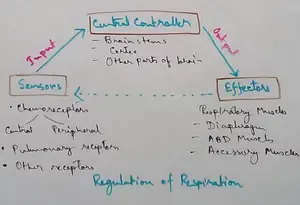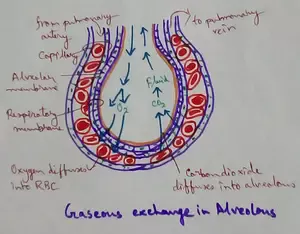The Planets and The Solar System
We will discuss about the planets and the solar system.
We know, our Sun is the nearest star to us. It is about 150 million kilometres away from the Earth. The glowing sun is the most influential heavenly body for our life.
A planet is a big ball of rocks. It does not give out its own heat and light.
There are some heavenly bodies which rotate on their axis and complete one rotation in different periods. They also revolve around the sun along their own fixed paths called orbits. Each orbit is almost elliptical.
A heavenly body rotating on its own axis and revolving around the sun along a fixed elliptical orbit is called a planet.
Our earth is also a planet. The earth and eight other planets move around the Sun. The planets appear bright because they reflect the light of the Sun.
The nine planets, in order of increasing distances from the Sun are Mercury (Budha), Venus (Shukra), Earth (Prithvi), Mars (Mangal), Jupiter (Vrihaspati), Saturn (Shani), Uranus (Arun), Neptune (Varun) and Pluto (Yam). Mercury is the closest planet to the Sun and Pluto is the farthest planet from the Sun.
As we know, these planets move around the Sun in fixed paths called orbits. Some of these planets have smaller objects called moons that move around them. The moon revolves around the earth and completes one revolution in about 30 days. On a clear night we see the moon in the sky. Our Earth has only one moon. The moon is called the satellite of the earth. Like earth some other planets also have satellites. Saturn has the highest number of satellites. Mercury and Venus do not have any satellite. Each satellite revolves around its own planet and in doing so it also revolve around the sun.
There are some small rocky bodies between the orbits of Mars and Jupiter. They revolve around the Sun in a fixed orbit. They are known as asteroids or minor planets.
The Sun and the other heavenly bodies revolving around the sun belong to a family which is called solar system. Thus, the sun, its planets and their satellites and asteroids make the solar system.
From The Planets and The Solar System to HOME PAGE
Recent Articles
-
What Is Plasma? | Blood Plasma | Proteins | Nutrients | Cholesterol
Nov 07, 25 10:29 AM
Blood is a mobile fluid which is a connective tissue and is derived from the mesoderm like cell any other connective tissue. Colour of blood is reddish and that flows inside the blood vessels by means… -
Disorders of Respiratory System | Tuberculosis | Pleurisy | Emphysema
Oct 28, 25 11:39 PM
Tuberculosis is very common disease and is caused by a type of bacteria called Mycobacterium tuberculosis. This disease causes different trouble in the respiration and infection of several parts of th… -
Regulation of Respiration | Respiratory Centres | Inspiratory Area |
Oct 14, 25 12:13 AM
Respiratory Centre is the area that controls the rate of respiration and it is observed to be located in medulla oblongata and pons. Respiratory Centre has the following will dispersed components like… -
Explain Transport of Gases | External Respiration | Tissue Respiration
Oct 09, 25 11:35 PM
In humans gaseous exchange is completed in the following ways the steps are - External Respiration or Breathing - Breathing in false taking in of Oxygen and giving out of carbon dioxide in the body. M… -
Kind and Number of Teeth | Location of Teeth in Mouth | Care of Teeth
Sep 11, 25 12:52 AM
Kind and Number of Teeth






New! Comments
Have your say about what you just read! Leave me a comment in the box below.